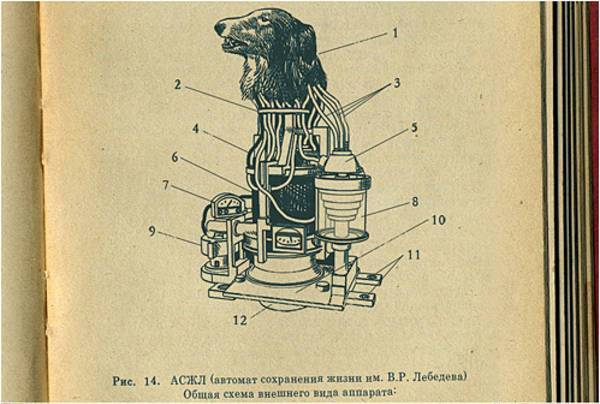
The constant increases in technological capacity, prevalence of automation and machine assistance, and the advancement of bio-tech, artificial intelligence, and medical technologies, expedite the tendency to view the issue of human subjectivity through a dichotomy of man/machine. This framing pre-inscribes a frictional relationship between man and machine, as if machines desire to, and are succeeding in closing the ontological gap between human beings and machines and/or artificial intelligences.
The paradoxical novelty that wearable technology presents us (both conceptually and materially, as consumer products) is derived in large part from the terminological, symbolic boundaries we keep strictly around our “humanity” even as we are being incessantly assisted, guided through life, by intelligent machines on our arms, in our pockets, in our cars and on our desks. Wearable technology discloses its treatment of the human body as a machine, to be read, quantified, and represented by or through another machine interface; the metaphor of the cyborg becomes visible at a certain level of abstraction when one considers this treatment of the body as an assemblage of augmentable and replicable parts.
In attempting to work out the historical and theoretical interplay between the concepts of organism and machine, Canguilhem, a french philosopher of science, found a consistent formulation of the organism through the functions of the machine, and traced, from Aristotle to Descartes and onward, a tendency to see the natural, the organism, in terms of the mechanistic, the machine. Through a desire to “make himself the master and proprietor nature” (Canguilhem), man must necessarily deny any natural finality or purpose, and must consider all of nature strictly as a means to serve his own ends. In adopting this view, Canguilhem claims, the mechanical model of the living organism in general and the human body in particular is allowed to thrive and subsist.
This video shows Swarm User Interface (SWI) technology at work, where little robots called “zooids” respond to their programming while autonomously responding to the others in the “swarm” This SWI technology differs from standard AI programming insofar as they are programed to autonomously respond and react to one another based on their mutual task and their proximal positions amongst the swarm. Put simply, they respond in real time to the other bots and semi-autonomously develop emergent solutions, through their mutual programmed objective.
Insofar as they only act autonomously in relation to the objective they are programmed to accomplish, they do not build and construct more machines like them through collective action, and cannot be said to have a completely “natural character” they do display a kind of “auto-maintenance and auto-regulation in terms of their ‘cooperation’ with one another. the Swarm Intelligence (SI) systems these robots are programmed through owe their inception to the study of biological organisms and processes, namely the collective action seen in ant colonies, flocks of birds, schools of fish, and to an extent all biological adaptions, which respond in some direction to the demands warranting the adaptation.
In terms of conceptual approaches to building machines, these swarm bots represent the notion of technology being “a universal biological phenomenon” (Canguilhem) not reducible simply to intellectual operations, which is to say that the concept of the mechanical is fundamentally indebted to the kind of “biological economy” seen in natural organisms. This is in stark contrast with the “organism as machine” conception identified inherent in the concept of most wearable technologies. In observing the consequences of how one arranges the relation between machine and organism, we can prevent the kind of pastoral-nihilism seen in the commonplace belief that technology is dividing and alienating humanity from nature. In adopting this perspective, one is spared from the worry of a mechanic encroachment upon the province of humanity, and encourages, while at the same time affirming technology in a manner that cultivates a healthy mindfulness of our indebtedness to objects and others.

